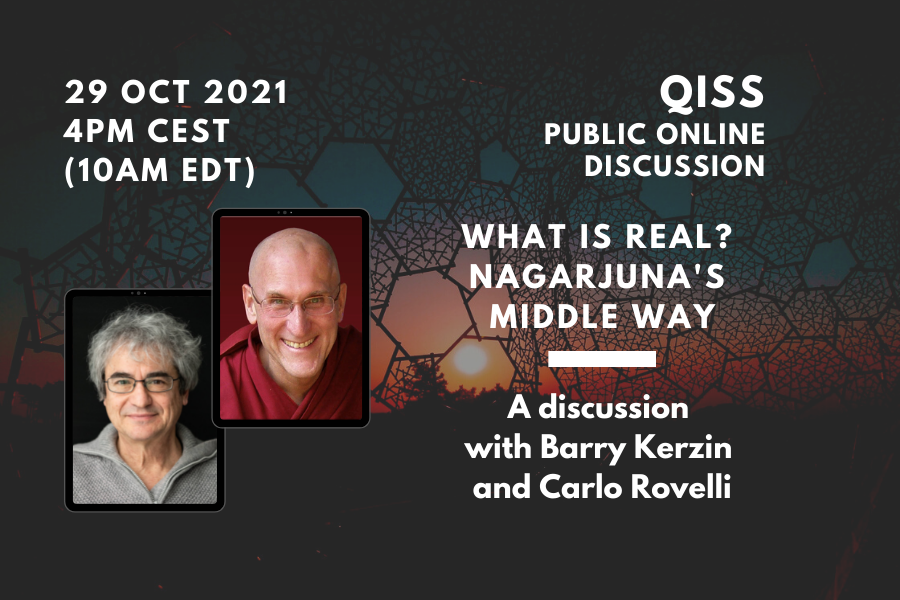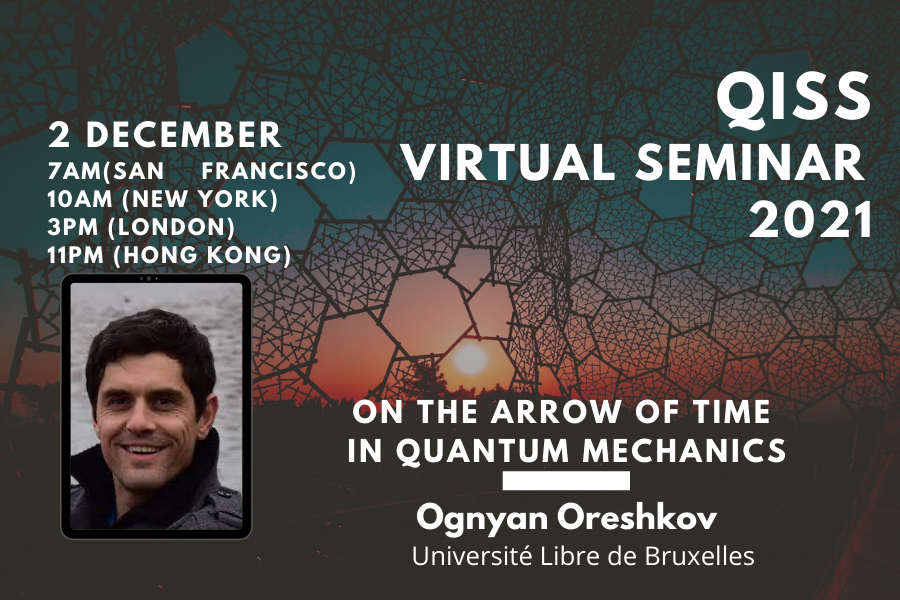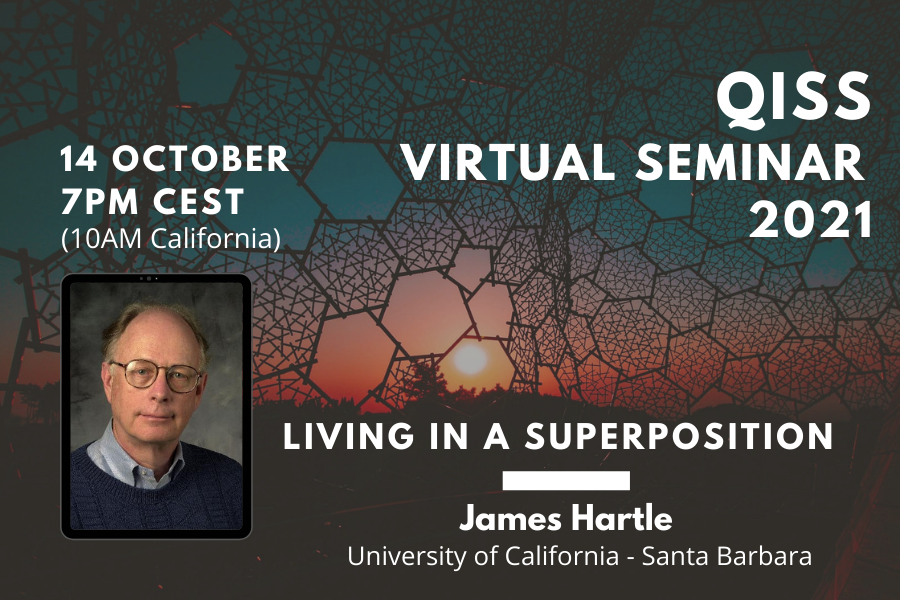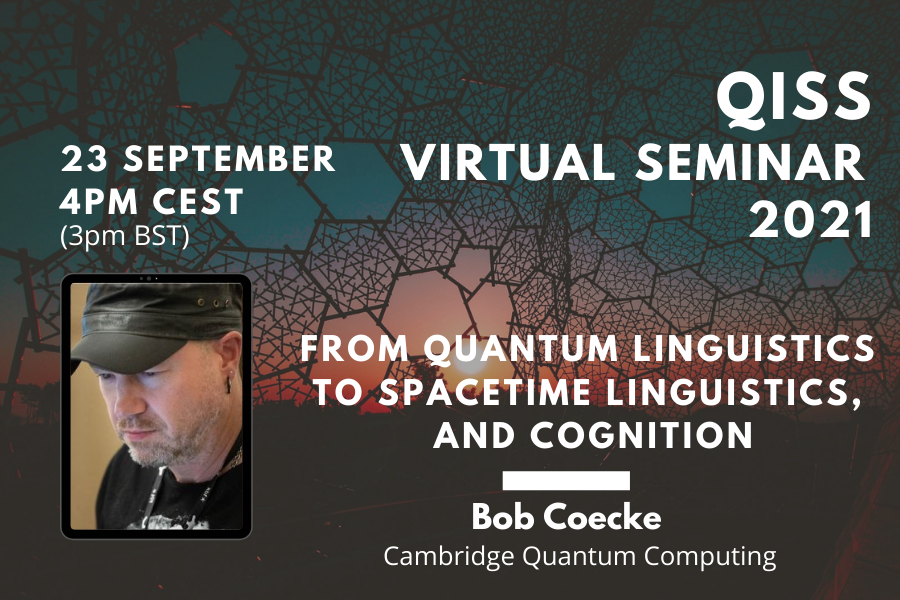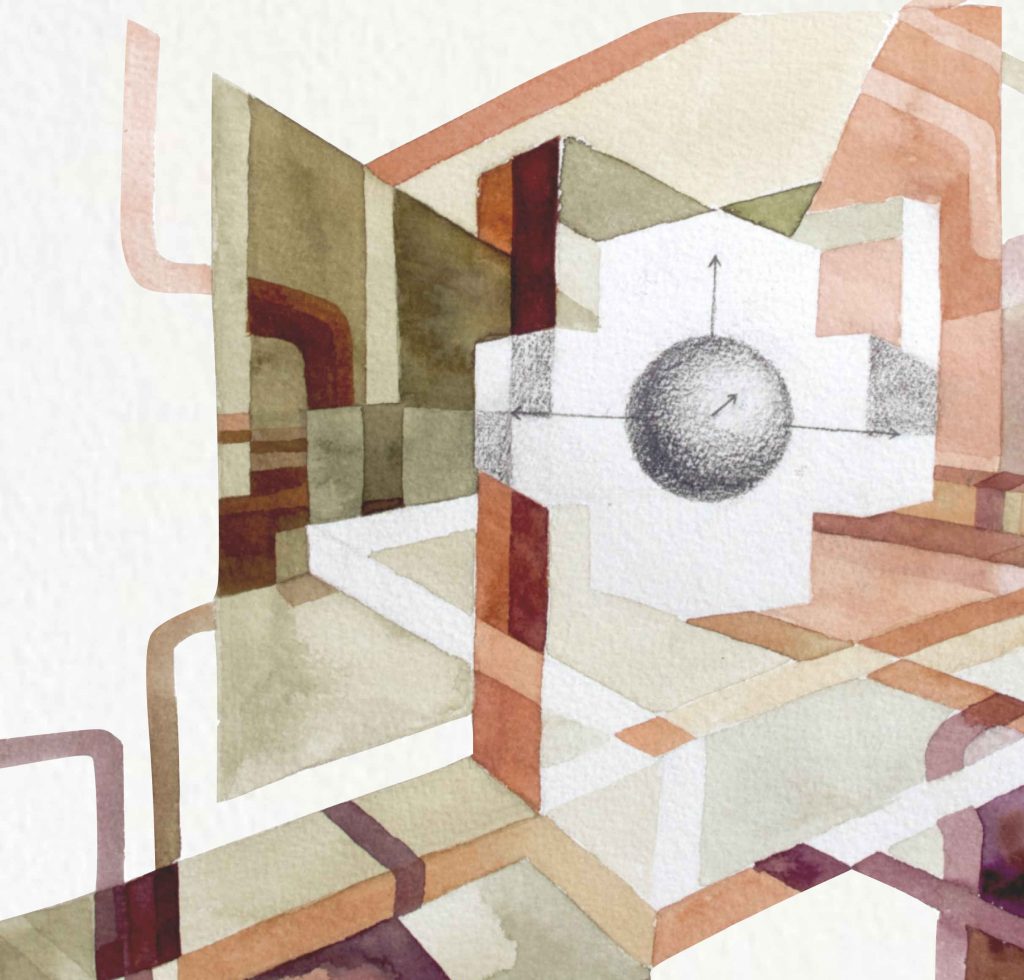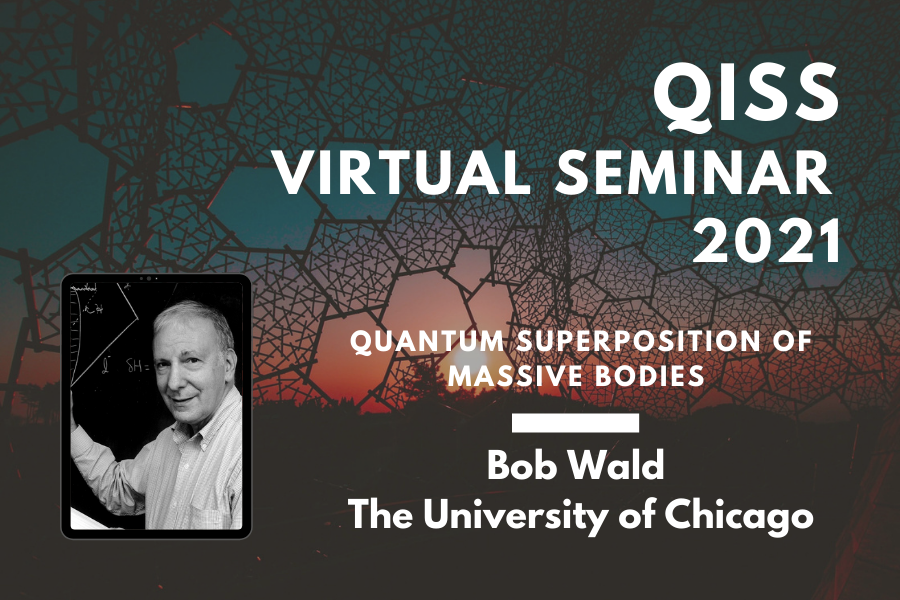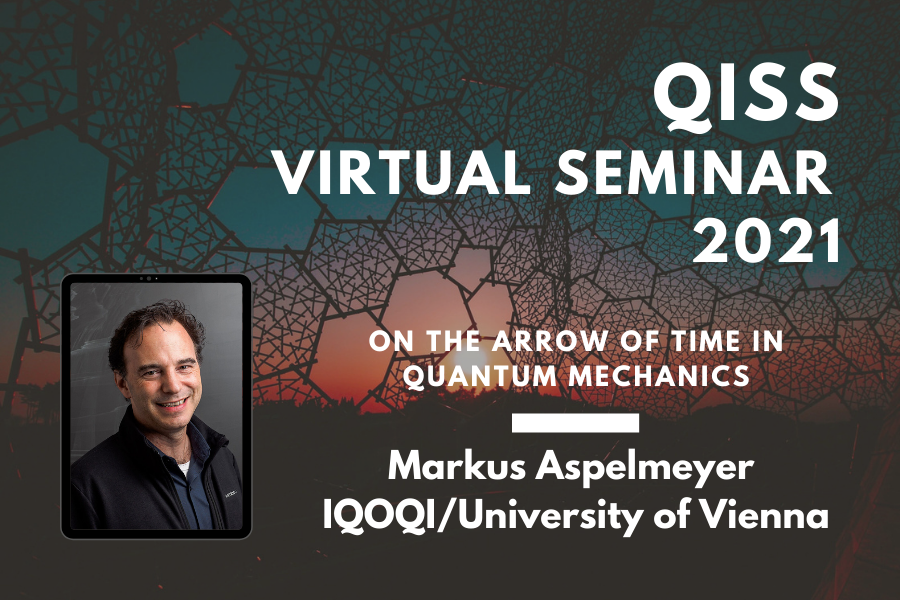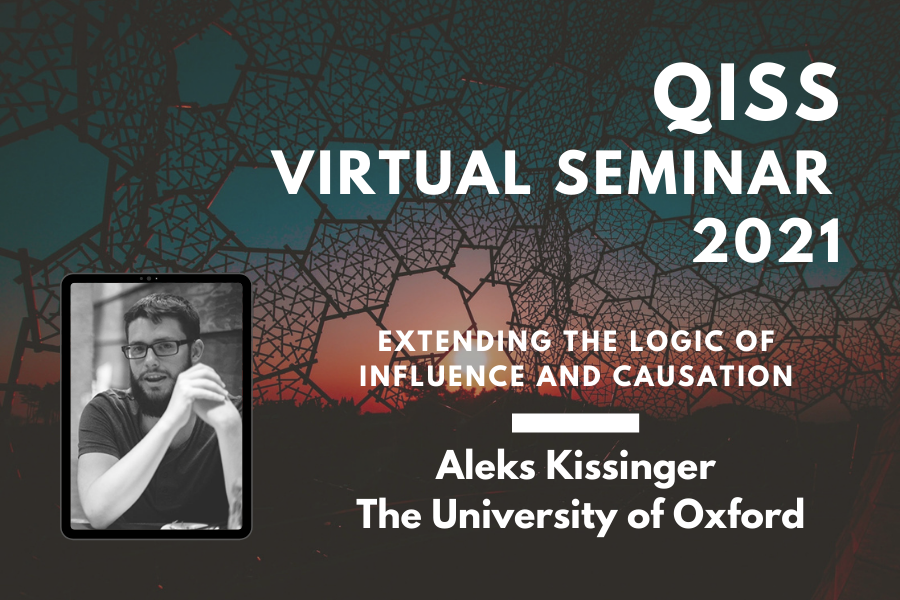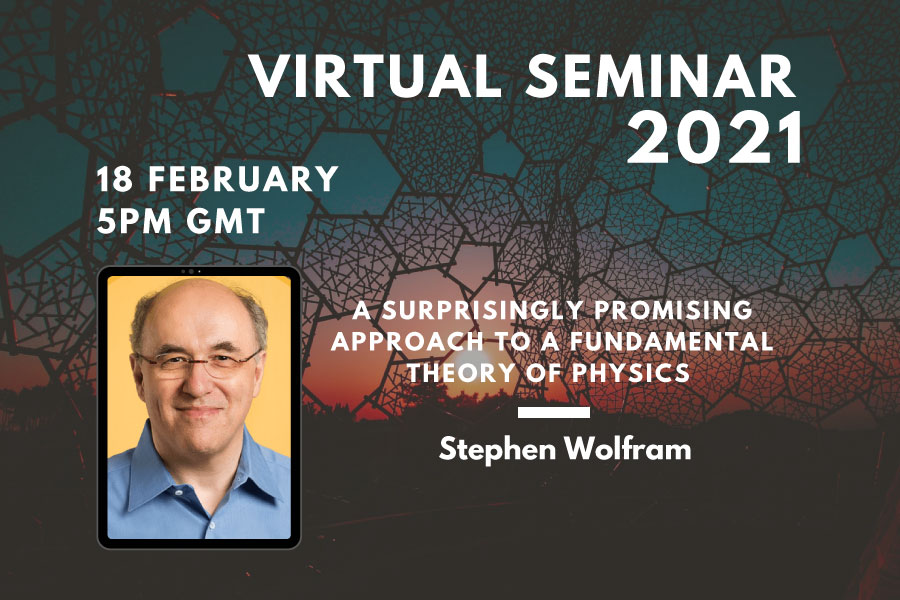In earlier work, sometimes referred to as quantum linguistics [NewScientist], or as grammatical quantum field theory [by quantum gravity specialist Louis Crane], we for the first time combined grammatical structure with the distributional meanings of machine learning [CSC], which are typically represented in an inner-product space. The key insight was that grammar as well as more general linguistic structure perfectly matches the diagrams of categorical quantum mechanics [CKbook]. Our recipe was not restricted to inner-product space representations, for example, we also used density matrices, and we can also use spacetime as a representation of meanings. In fact, much in language has direct spatio-temporal connotations, either direct or metaphorical, e.g. prepositions like in, after, above etc. In joint work with Vincent Wang we constructed a linguistic model of spacetime, and how it extends to account for many more cognitive features [ConcSpacI] e.g. shape, taste, colour etc. We will argue that linguistic structure is really an interaction/process logic of things happening in the world out there. Hence this work could be a stepping stone to an alternative formalism for combining quantum structure with spacetime, at the crossroads of AI. This is joint work With Vincent Wang.
REFERENCES: [NewScientist] J. Aron. Quantum links let computers read. New Scientist nr 2790, pages 10-11. [CSC] B. Coecke, M. Sadrzadeh, and S. Clark. Mathematical foundations for a compositional distributional model of meaning. In: A Festschrift for Jim Lambek, volume 36 of Linguistic Analysis, pages 345–384. 2010. arxiv:1003.4394. [CKbook] B. Coecke and A. Kissinger. Picturing Quantum Processes. A First Course in Quantum Theory and Diagrammatic Reasoning. Cambridge University Press, 2017. [ConcSpacI] J. Bolt, B. Coecke, F. Genovese, M. Lewis, D. Marsden, and R. Piedeleu. Interacting conceptual spaces I: Grammatical composition of concepts. In: Concepts and their Applications, Synthese Library. 2018. arXiv:1703.08314
